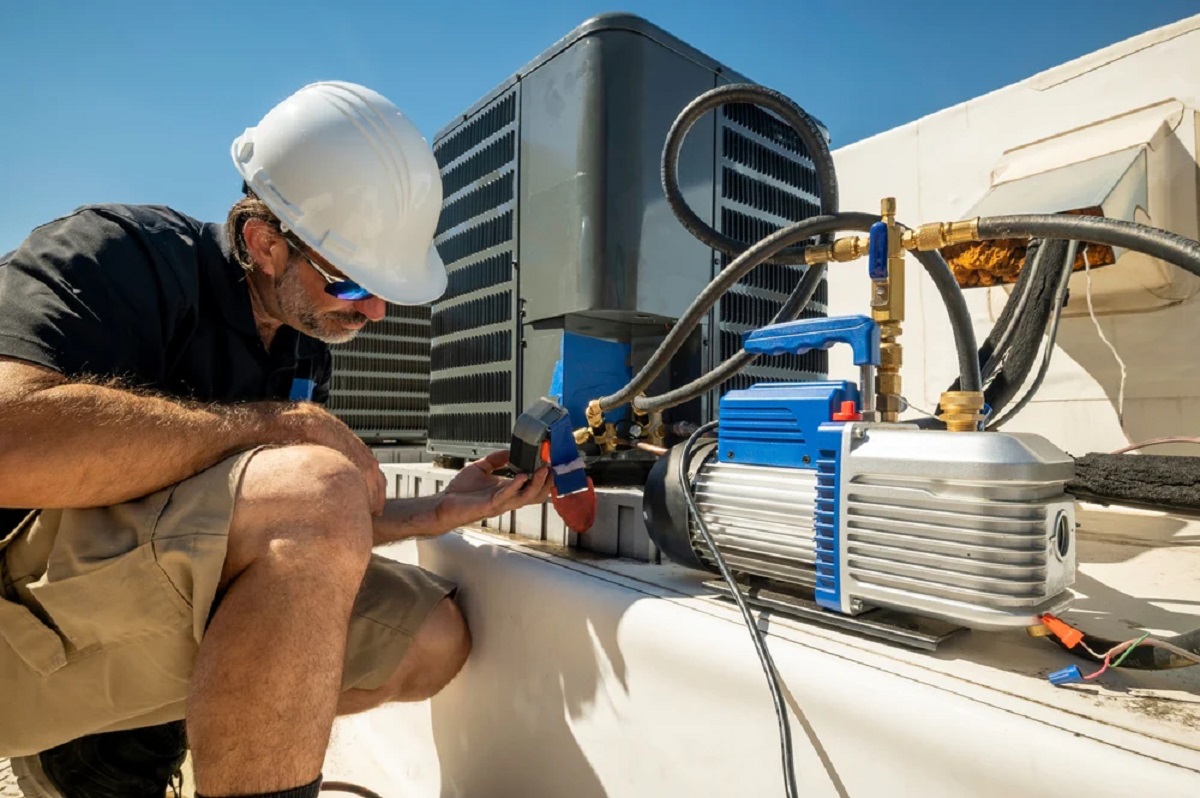

Articles
How To Use An AC Vacuum Pump
Modified: October 24, 2024
Learn how to use an AC vacuum pump with our informative articles that guide you step by step. Master the process of vacuuming your AC system for optimal performance and efficiency.
(Many of the links in this article redirect to a specific reviewed product. Your purchase of these products through affiliate links helps to generate commission for Storables.com, at no extra cost. Learn more)
Introduction
When it comes to maintaining and repairing an air conditioning system, an AC vacuum pump is an invaluable tool. Whether you are a professional HVAC technician or a DIY enthusiast, understanding how to use an AC vacuum pump can help you achieve optimal performance and extend the lifespan of your AC system.
In this guide, we will take a closer look at what an AC vacuum pump is, why it is used, and the step-by-step process of using it effectively and safely.
### What is an AC Vacuum Pump?
An AC vacuum pump is a device that is used to remove air and moisture from the AC system. It creates a vacuum within the system, which allows for better and more efficient refrigerant flow. By eliminating air and moisture, the vacuum pump helps prevent system failures, increases cooling performance, and ensures longevity of the AC unit.
### Why is an AC Vacuum Pump Used?
An AC system relies on the proper circulation of refrigerant to cool the air. When air and moisture are present within the system, they can cause several issues, including reduced cooling capacity, increased energy consumption, and system malfunctions. This is where an AC vacuum pump comes into play.
By creating a vacuum, the AC vacuum pump purges the system of unwanted air and moisture. This process allows the refrigerant to flow freely, facilitating efficient cooling and preventing potential system damage.
### Safety Precautions
Before using an AC vacuum pump, it is important to take some safety precautions:
- Ensure that the power to the AC unit is turned off before connecting the vacuum pump.
- Wear safety goggles and gloves to protect yourself from any potential leaks or accidents.
- Read and follow the manufacturer’s instructions for operating the vacuum pump.
- Make sure you are working in a well-ventilated area to avoid inhaling any harmful refrigerant fumes.
### Step-by-Step Guide: How to Use an AC Vacuum Pump
Now, let’s walk through the step-by-step process of using an AC vacuum pump:
#### 1. Gather the Required Materials
To properly use an AC vacuum pump, you will need the following materials:
- An AC vacuum pump
- Gauge set
- Vacuum pump oil
- Vacuum pump hoses
- Recovery tank
- Leak detection solution
#### 2. Prepare the AC System
Ensure that the AC unit is turned off and disconnect it from the power source. Locate the service valves on the AC system and make sure they are accessible.
Key Takeaways:
- Proper use of an AC vacuum pump is crucial for maintaining optimal performance and longevity of air conditioning systems. Following safety precautions, gathering the necessary materials, and effectively evacuating the system are essential steps for successful operation.
- Monitoring the vacuum gauge, checking for leaks, and safely disconnecting the vacuum pump are key components of using an AC vacuum pump. These steps ensure the integrity and reliability of the AC system, contributing to efficient cooling and long-term functionality.
Read more: How To Vacuum A Car AC System
What is an AC Vacuum Pump?
An AC vacuum pump is a device specifically designed for the purpose of removing air and moisture from an air conditioning system. It is used to create a vacuum, or negative pressure, within the system, which is essential for proper refrigerant flow and optimal cooling performance.
The AC vacuum pump works by extracting air and moisture molecules from the AC system, creating a low-pressure environment. This low-pressure state allows the refrigerant, which is responsible for absorbing heat from the indoor air, to circulate more effectively.
The vacuum pump is typically connected to the AC system using hoses and fittings, which provide a sealed connection to prevent any air from entering the system during the evacuation process.
Once the pump is connected and activated, it removes air and moisture from the AC system by creating a continuous vacuum. The air and moisture are then expelled through the exhaust port of the pump, leaving behind a clean and moisture-free environment inside the AC system.
The vacuum pump is an essential tool in the air conditioning industry and is widely used by HVAC technicians for various applications such as system installation, maintenance, and repair. It plays a crucial role in ensuring the proper functioning and longevity of the AC system.
One of the key advantages of using an AC vacuum pump is the ability to eliminate moisture from the system. Moisture can be detrimental to the performance and lifespan of an AC system as it can cause corrosion, refrigerant contamination, and ice formation in the system. By removing moisture, the vacuum pump helps prevent these issues and ensures optimal cooling efficiency.
In addition to removing moisture, the AC vacuum pump also helps eliminate air from the system. Air inside the AC system can cause inefficiencies in the refrigerant flow, resulting in reduced cooling capacity and increased energy consumption. By creating a vacuum and removing air, the pump allows for smooth and efficient refrigerant circulation, resulting in better cooling performance.
Overall, an AC vacuum pump is a critical tool for ensuring the proper operation and efficiency of air conditioning systems. By removing air and moisture, it helps prevent system failures, extends the lifespan of the AC unit, and improves overall cooling performance.
Why is an AC Vacuum Pump Used?
An AC vacuum pump is a crucial tool in the HVAC industry, used for a variety of reasons to ensure the optimal performance and longevity of air conditioning systems. Let’s explore why an AC vacuum pump is commonly used in AC maintenance and repairs:
1. Removing Air and Moisture: One of the primary reasons for using an AC vacuum pump is to remove air and moisture from the AC system. Air and moisture can have detrimental effects on the performance of the system. Air can hinder proper refrigerant circulation, leading to reduced cooling efficiency and increased energy consumption. Moisture, on the other hand, can cause corrosion, refrigerant contamination, and even ice formation. By creating a vacuum, the pump eliminates air and moisture, ensuring optimal system operation.
2. Preparing the System for Refrigerant Charging: Prior to charging the AC system with refrigerant, it is essential to evacuate any air that may have entered during installation or maintenance. The AC vacuum pump is used to create a vacuum, removing any trapped air and ensuring that only refrigerant circulates within the system. This step is critical for avoiding refrigerant contamination and maintaining efficient cooling performance.
3. Leak Detection: During the evacuation process, the AC vacuum pump helps in leak detection. By creating a vacuum and monitoring the pressure drop, technicians can identify if there are any leaks in the AC system. This allows for timely repairs and prevents refrigerant leakage, which can lead to system malfunctions and environmental concerns.
4. System Maintenance: Regular maintenance is key to keeping an AC system operating at its best. An AC vacuum pump is used during maintenance procedures such as replacing components, flushing the system, or performing repairs. It ensures that the system is free of air and moisture, promoting optimal performance and preventing potential issues.
5. System Installation: When installing a new AC system, it is crucial to evacuate the system to remove any contaminants, moisture, or air that may have entered during the installation process. An AC vacuum pump is used to evacuate the system, creating a clean and moisture-free environment before charging it with refrigerant.
Overall, an AC vacuum pump is an essential tool for maintaining, repairing, and installing air conditioning systems. It helps remove air and moisture, prepares the system for refrigerant charging, detects leaks, and ensures optimal system performance. By using an AC vacuum pump, HVAC technicians can deliver high-quality service and help clients achieve efficient and reliable cooling in their homes or commercial spaces.
Safety Precautions
Using an AC vacuum pump requires careful attention to safety precautions to prevent accidents and ensure a smooth and risk-free operation. Here are some essential safety precautions to keep in mind:
- 1. Power Off: Before connecting the vacuum pump to the AC system, make sure the power to the AC unit is turned off. This will prevent any accidental electrical shocks or damage to the system.
- 2. Personal Protective Equipment: Wear appropriate personal protective equipment (PPE) such as safety goggles and gloves. Safety goggles will protect your eyes from any refrigerant leaks, while gloves will shield your hands from any potential hazards or chemical exposure.
- 3. Read the Instructions: Familiarize yourself with the manufacturer’s instructions and operating guidelines for the vacuum pump. Understanding how to properly use the equipment will minimize the risk of errors and accidents.
- 4. Ventilation: Ensure that you are working in a well-ventilated area to prevent inhalation of harmful refrigerant fumes. Open windows or use ventilation fans to maintain a steady flow of fresh air during the evacuation process.
- 5. Secure Connections: When connecting the vacuum pump to the AC system, ensure that all connections are secure and leak-free. Loose or faulty connections can lead to refrigerant leaks or compromise the effectiveness of the vacuum pump.
- 6. Avoid Overheating: The vacuum pump can generate heat during operation. Avoid placing the pump on flammable materials or surfaces that can be damaged by heat. Allow the pump to cool down before handling it or storing it.
- 7. Proper Disposal: After completing the evacuation process, dispose of the captured refrigerant properly. Follow local regulations and guidelines for the safe disposal of refrigerants and other hazardous materials.
- 8. Training and Certification: If you are not familiar with using an AC vacuum pump or working on AC systems, it is advisable to seek professional training or consult with a certified HVAC technician. Proper knowledge and experience will ensure safe and effective use of the vacuum pump.
By following these safety precautions, you can minimize the risk of accidents, protect yourself from potential hazards, and ensure a successful and safe operation when using an AC vacuum pump.
Step-by-Step Guide: How to Use an AC Vacuum Pump
Using an AC vacuum pump requires a systematic approach to ensure proper evacuation of the air conditioning system. Follow these step-by-step instructions to effectively use an AC vacuum pump:
1. Gather the Required Materials: Before starting, gather all the necessary materials, including an AC vacuum pump, a gauge set, vacuum pump oil, vacuum pump hoses, a recovery tank, and leak detection solution.
2. Prepare the AC System: Make sure the AC unit is turned off and disconnected from the power source. Locate the service valves on the AC system and ensure they are accessible for connection.
3. Connect the Vacuum Pump: Attach one end of the vacuum pump hose to the intake port of the vacuum pump. Connect the other end of the hose to the low-pressure service valve on the AC system. Ensure that the connections are tight and secure.
4. Evacuate the System: Turn on the vacuum pump and allow it to run for the recommended duration, typically between 15 to 30 minutes. The pump will start creating a vacuum, removing air and moisture from the AC system. Monitor the vacuum gauge to ensure that the desired level of vacuum is achieved, usually around 500 microns or less.
5. Monitor the Vacuum Gauge: Keep an eye on the vacuum gauge to ensure that the pressure remains steady at the desired level. If the gauge shows a rise in pressure, it may indicate a leak in the system that needs to be addressed before proceeding further.
6. Check for Leaks: Once the system has reached the desired level of vacuum, conduct a leak test. Apply a small amount of leak detection solution around the connections and valves. If you observe any bubbles forming, there may be a leak that needs to be repaired before proceeding.
7. Release the Vacuum: Once the evacuation and leak test are complete, switch off the vacuum pump and close the service valve on the AC system. Then, release the vacuum in a controlled manner by slowly opening the valve on the recovery tank to let atmospheric pressure gradually fill the system.
8. Disconnect the Vacuum Pump: Safely disconnect the vacuum pump from the AC system by removing the hose connections. Ensure that any residual pressure or vacuum within the system is released before fully disconnecting the pump.
By following these step-by-step instructions, you will effectively utilize an AC vacuum pump to remove air and moisture from the AC system, improving its overall performance and efficiency.
Read more: How To Pull A Vacuum On HVAC
Gather the Required Materials
Before you can begin using an AC vacuum pump, it’s essential to gather all the necessary materials. Having the right tools and equipment on hand will ensure a smooth and efficient process. Here are the materials you will need:
- AC Vacuum Pump: The vacuum pump is the main tool used to create a vacuum within the AC system. It is available in various sizes and models, so choose one that is suitable for your specific needs.
- Gauge Set: A gauge set is necessary to monitor the pressure levels during the evacuation process. It typically includes a compound gauge, high-pressure gauge, and low-pressure gauge. Make sure the gauge set is compatible with your AC system.
- Vacuum Pump Oil: Vacuum pump oil is used to lubricate the internal components of the vacuum pump, ensuring smooth operation and longevity. Check the manufacturer’s recommendations for the specific type of oil to use, as different pumps may have different requirements.
- Vacuum Pump Hoses: Vacuum pump hoses are used to connect the vacuum pump to the AC system. It is crucial to choose hoses that are the correct size and have the proper fittings to establish a secure and leak-free connection.
- Recovery Tank: A recovery tank is used to capture and store the evacuated refrigerant during the process. Ensure that the recovery tank is rated for the refrigerant type you will be working with and follow proper disposal guidelines for the captured refrigerant.
- Leak Detection Solution: A leak detection solution is utilized to identify any potential leaks during the evacuation process. Apply the solution around the connections and valves, and if there is a leak, it will produce bubbles that are easily noticeable.
Make sure you have all these materials readily available before beginning the AC vacuum pump process. This will save you time and frustration and ensure that you can complete the task effectively and efficiently.
Prepare the AC System
Before operating the AC vacuum pump, it’s crucial to properly prepare the AC system to ensure a successful evacuation process. Follow these steps to prepare the AC system:
- Power Off: Ensure that the AC unit is completely turned off and disconnected from the power source. This will prevent any potential electrical hazards during the process and ensure your safety.
- Accessibility: Locate the service valves on the AC system, typically found near the compressor or the condenser unit. Make sure these valves are easily accessible for connecting the vacuum pump hoses later on.
- Clean Surroundings: Clear any debris or obstacles around the AC system to create a clean and safe work area. This will make it easier to maneuver and connect the vacuum pump hoses without any hindrances.
- Inspect the System: Conduct a visual inspection of the AC system to check for any visible damages or loose connections. Ensure that all the valves, fittings, and components are in good condition and securely tightened.
- Secure Service Caps: If your AC system has service caps on the service valves, make sure they are securely in place. These caps protect the valves from dirt, debris, and moisture and need to be removed before connecting the vacuum pump hoses.
- Check Refrigerant Levels: It is advisable to check the refrigerant levels in the system before starting the evacuation process. If the levels are low, it may indicate a leak or other issues that need to be addressed before proceeding.
By properly preparing the AC system before using the vacuum pump, you are ensuring a clean and safe environment for the evacuation process. This will help prevent any potential damages or accidents and contribute to the overall success of the AC maintenance or repair task ahead.
When using an AC vacuum pump, always ensure that the system is properly connected and sealed to prevent any leaks. This will ensure an effective vacuuming process.
Connect the Vacuum Pump
Once the AC system is properly prepared, the next step is to connect the vacuum pump to the system. Follow these steps to connect the vacuum pump:
- Select the Correct Hose: Choose a vacuum pump hose that is compatible with both the vacuum pump and the AC system. Ensure that the hose has the appropriate fittings and is in good condition.
- Attach the Hose to the Vacuum Pump: Connect one end of the hose to the intake port of the vacuum pump. This port is typically located at the top or side of the pump. Ensure a tight and secure connection to prevent any air leaks.
- Attach the Hose to the AC System: Connect the other end of the hose to the low-pressure service valve on the AC system. This valve is usually marked with the letter “L” or labeled as the suction line. Again, make sure the connection is tight and secure.
- Check for Leakage: Once the hose is connected, inspect the connection points for any signs of leakage. Apply a small amount of leak detection solution around the fittings to check for bubbles, which indicate a leak. If you notice any leakage, tighten the connections accordingly or replace any faulty parts.
- Ensure Proper Sealing: Properly sealing the connections is crucial to maintain a reliable vacuum. If necessary, use adjustable wrenches or pliers to further tighten the hose connections. This will help ensure that no air can enter the system during the evacuation process.
It is important to note that the connection process may vary slightly depending on the specific equipment and components of your AC system. Always consult the manufacturer’s instructions or seek guidance from a professional if you are unsure about the correct connection procedures.
By successfully connecting the vacuum pump to the AC system, you are setting the stage for the next step: evacuating the system to remove air and moisture. A secure and leak-free connection will help ensure the effectiveness of the vacuum pump and the overall success of the evacuation process.
Evacuate the System
Once the vacuum pump is connected to the AC system, the next step is to evacuate the system. This process involves removing the air and moisture from the system to create a vacuum. Follow these steps to effectively evacuate the AC system:
- Turn on the Vacuum Pump: Start by turning on the vacuum pump. Refer to the manufacturer’s instructions for the specific operation of your vacuum pump model.
- Monitor the Vacuum Gauge: Keep a close eye on the vacuum gauge throughout the evacuation process. The vacuum gauge measures the level of vacuum (pressure) in the system. Aim to achieve a level of vacuum below 500 microns, as recommended by industry standards.
- Allow Sufficient Evacuation Time: Let the vacuum pump run for a sufficient amount of time to ensure proper evacuation. The duration will vary depending on the size and condition of the AC system, but it generally takes between 15 to 30 minutes to reach the desired vacuum level.
- Monitor Stable Pressure: Once the vacuum pump has been running for a while, monitor the pressure displayed on the vacuum gauge. If the pressure stabilizes and remains constant, it indicates that the evacuation process is progressing successfully.
- Check for Pressure Drop: After the pressure stabilizes, check for any sudden pressure drops on the vacuum gauge. A sudden drop in pressure may indicate a potential leak in the system that needs to be addressed before proceeding.
- Complete the Evacuation Process: Continue running the vacuum pump until the desired vacuum level is achieved and maintained. Once the vacuum gauge shows a stable reading below 500 microns, it indicates that the system has been effectively evacuated.
It is important to note that the duration of the evacuation process and the desired vacuum level may vary depending on the specific aspects of your AC system and the manufacturer’s guidelines. Always refer to the manufacturer’s instructions and follow industry best practices for the proper evacuation of your particular system.
By correctly evacuating the AC system, you are removing air and moisture, ensuring maximum efficiency, and preventing potential issues related to trapped air or moisture. This step lays the foundation for a well-functioning and reliable air conditioning system.
Read more: How To Use A Vacuum Cleaner
Monitor the Vacuum Gauge
During the evacuation process, it is crucial to closely monitor the vacuum gauge to ensure the effectiveness of the AC vacuum pump. The vacuum gauge provides important information about the pressure levels within the system. Here’s how to monitor the vacuum gauge effectively:
- Take Note of Initial Readings: Before starting the evacuation process, take note of the initial pressure reading on the vacuum gauge. This will serve as a reference point for monitoring the progress of the evacuation.
- Observe Pressure Drop: As the vacuum pump operates, the pressure within the system will drop. Continuously observe the vacuum gauge to monitor the pressure drop. The goal is to achieve a stable reading below 500 microns, indicating a properly evacuated system.
- Watch for Pressure Fluctuations: While monitoring the vacuum gauge, be on the lookout for any fluctuations in pressure. Sudden changes in pressure may indicate potential leaks in the system. If pressure fluctuations are observed, investigate the connections and valves to identify and rectify any leaks before proceeding further.
- Maintain Stable Pressure: Once the pressure starts to stabilize, ensure that it remains at a consistent level. A stable pressure indicates that air and moisture are being effectively removed from the system. It is essential to maintain this stable pressure for the recommended duration to complete the evacuation process thoroughly.
- Proceed with Caution: If the pressure on the vacuum gauge rises instead of dropping or remains consistently high, it may signify a problem. In such cases, stop the evacuation process and assess the possible causes, such as leaks or equipment malfunctions. Troubleshoot and rectify any issues before continuing.
- Note the Final Pressure: After the recommended evacuation time has elapsed, take note of the final pressure reading on the gauge. This will serve as confirmation that the system has been adequately evacuated, and it will act as a reference point for future maintenance or troubleshooting.
Remember to consult the manufacturer’s guidelines and industry standards for the ideal pressure levels during the evacuation process. Properly monitoring the vacuum gauge ensures the efficient removal of air and moisture, leading to a well-functioning AC system with improved performance and longevity.
Check for Leaks
Checking for leaks is a crucial step during the AC vacuum pump process to ensure the system is free of any air or refrigerant leaks. Here’s how to effectively check for leaks:
- Prepare the Leak Detection Solution: Mix the leak detection solution according to the manufacturer’s instructions. The solution typically consists of a soap-based or bubble-forming liquid.
- Apply the Solution: Apply the leak detection solution to all the connections, valves, and fittings associated with the AC system. Ensure the solution covers the entire area and is in sufficient quantity to detect any leaks.
- Observe for Bubbles: Carefully watch the areas where the leak detection solution has been applied. If there is a leak, the escaping gas will cause bubbles to form in the solution. Bubbles indicate the presence of a leak that needs to be addressed.
- Inspect Connections: Pay close attention to all the connections between the vacuum pump hoses, service valves, and other AC system components. Check for any signs of leakage or bubbling in these areas.
- Check Valves and Fittings: Inspect all valves, fittings, and access ports in the system for signs of leakage. Apply the leak detection solution directly to these areas and look for any bubble formation.
- Addressing Leaks: If you detect any leaks, take immediate action to rectify them. Tighten loose connections, replace faulty valves or fittings, and ensure proper sealing. Addressing leaks is crucial to ensure the integrity and efficiency of the AC system.
It is essential to perform a thorough check for leaks after the evacuation process. Even a small leak can compromise the system’s performance and efficiency. Identifying and addressing leaks promptly will contribute to a well-functioning AC system and prevent further damage or refrigerant loss.
By checking for leaks and taking corrective measures, you can be confident in the reliability and effectiveness of your AC system. Regular leak detection and prompt repairs will help maintain the system’s performance over time.
Release the Vacuum
After completing the evacuation process and checking for leaks, the next step is to release the vacuum from the AC system. Here’s how to safely release the vacuum:
- Close the Service Valve: Start by closing the low-pressure service valve on the AC system. This valve is usually marked with the letter “L” or labeled as the suction line. Closing the valve will prevent air from entering the system during the vacuum release.
- Turn off the Vacuum Pump: Switch off the vacuum pump to stop the evacuation process. Follow the manufacturer’s instructions for properly turning off and shutting down the vacuum pump.
- Open the Recovery Tank Valve: Slowly open the valve on the recovery tank to begin the controlled release of atmospheric pressure into the AC system. Opening the valve gradually allows the air to fill the system in a controlled manner.
- Monitor Pressure Equalization: Keep an eye on the pressure readings on the gauge set as you release the vacuum. The pressure should steadily rise as atmospheric air fills the system. It is essential to ensure a gradual and controlled pressure equalization process.
- Complete Pressure Equalization: Continue the process of releasing the vacuum until the pressure on the gauge set stabilizes. This indicates that the system has reached atmospheric pressure and is ready for the next steps, such as refrigerant charging or further maintenance.
It is crucial to release the vacuum slowly to prevent any sudden pressure surges that can damage the AC system. A controlled release of the vacuum allows for a smooth transition from a low-pressure environment to atmospheric pressure.
By safely and gradually releasing the vacuum, you are preparing the AC system for the next steps, such as refrigerant charging or further maintenance. Monitoring the pressure during the release process ensures that the system is ready for the next phase of operations.
Disconnect the Vacuum Pump
Once the vacuum has been released from the AC system and the pressure has stabilized, it is time to disconnect the vacuum pump. Follow these steps to safely disconnect the vacuum pump:
- Turn off the Vacuum Pump: Before disconnecting the vacuum pump, turn it off and ensure that it has completely stopped running. This will prevent any accidental startup or mishaps during the disconnection process.
- Deactivate the Pump: Follow the manufacturer’s instructions to properly deactivate the vacuum pump. Securely turn off any power switches or disconnect power sources to ensure the pump is completely powered down.
- Relieve Residual Pressure: Before removing any connections, relieve any residual pressure that may be present in the system. Slowly open the low-pressure service valve to allow any remaining pressure to equalize with atmospheric pressure.
- Remove the Hose Connections: Carefully remove the vacuum pump hoses from both the vacuum pump and the AC system. Loosen the hose clamps or fittings, ensuring a firm grip to prevent any accidental spills or leaks.
- Seal the AC System: Once the vacuum pump hoses are removed, immediately seal the service valves on the AC system using the appropriate service valve caps or plugs. This will prevent any debris or contaminants from entering the system.
- Secure and Store the Vacuum Pump: Safely store the vacuum pump in a clean and dry location. Follow the manufacturer’s instructions for proper storage and maintenance to ensure its longevity and optimal performance for future use.
By carefully disconnecting the vacuum pump, you ensure the safety, integrity, and cleanliness of the AC system. Properly sealing the service valves and storing the vacuum pump correctly are important steps in maintaining the equipment for future use.
Remember, always follow the manufacturer’s guidelines and instructions for disconnecting and storing the specific model of your vacuum pump. A proper disconnection process ensures the ongoing reliability and effectiveness of your AC system.
Read more: How To Use A Water Pump
Conclusion
Using an AC vacuum pump is essential for proper maintenance and repair of air conditioning systems. By removing air and moisture from the system, an AC vacuum pump ensures optimal performance, energy efficiency, and the longevity of the AC unit.
In this comprehensive guide, we have covered the step-by-step process of using an AC vacuum pump effectively and safely. We started by gathering the required materials, including the vacuum pump, gauge set, hoses, and other necessary tools. The AC system was then prepared by turning off the power, ensuring accessibility, and inspecting for any visible damages or loose connections.
Next, we discussed how to connect the vacuum pump to the AC system using the appropriate hoses and fittings, ensuring a secure and leak-free connection. The evacuation process was then explained, highlighting the importance of monitoring the vacuum gauge to achieve and maintain the desired vacuum level.
We also emphasized the significance of checking for leaks after the evacuation process. Applying a leak detection solution and observing for bubble formation is crucial in identifying and addressing any potential leaks in the system.
The release of the vacuum was discussed, emphasizing the controlled and gradual release of the vacuum to prevent any sudden pressure surges. Finally, we covered the safe disconnection of the vacuum pump by turning it off, relieving residual pressure, removing hose connections, and properly sealing the AC system’s service valves.
In conclusion, understanding how to use an AC vacuum pump is crucial for HVAC technicians and DIY enthusiasts alike. Proper evacuation of the system removes air and moisture, ensuring optimal cooling performance and preventing potential system failures. By following the step-by-step guide and adhering to safety precautions, you can confidently use an AC vacuum pump to maintain and repair air conditioning systems, leading to a comfortable and efficient cooling experience.
Remember to consult the manufacturer’s instructions and industry best practices for your specific AC system and vacuum pump model. With the right knowledge and equipment, you can confidently maintain and service your AC system to keep it running smoothly for years to come.
Frequently Asked Questions about How To Use An AC Vacuum Pump
Was this page helpful?
At Storables.com, we guarantee accurate and reliable information. Our content, validated by Expert Board Contributors, is crafted following stringent Editorial Policies. We're committed to providing you with well-researched, expert-backed insights for all your informational needs.
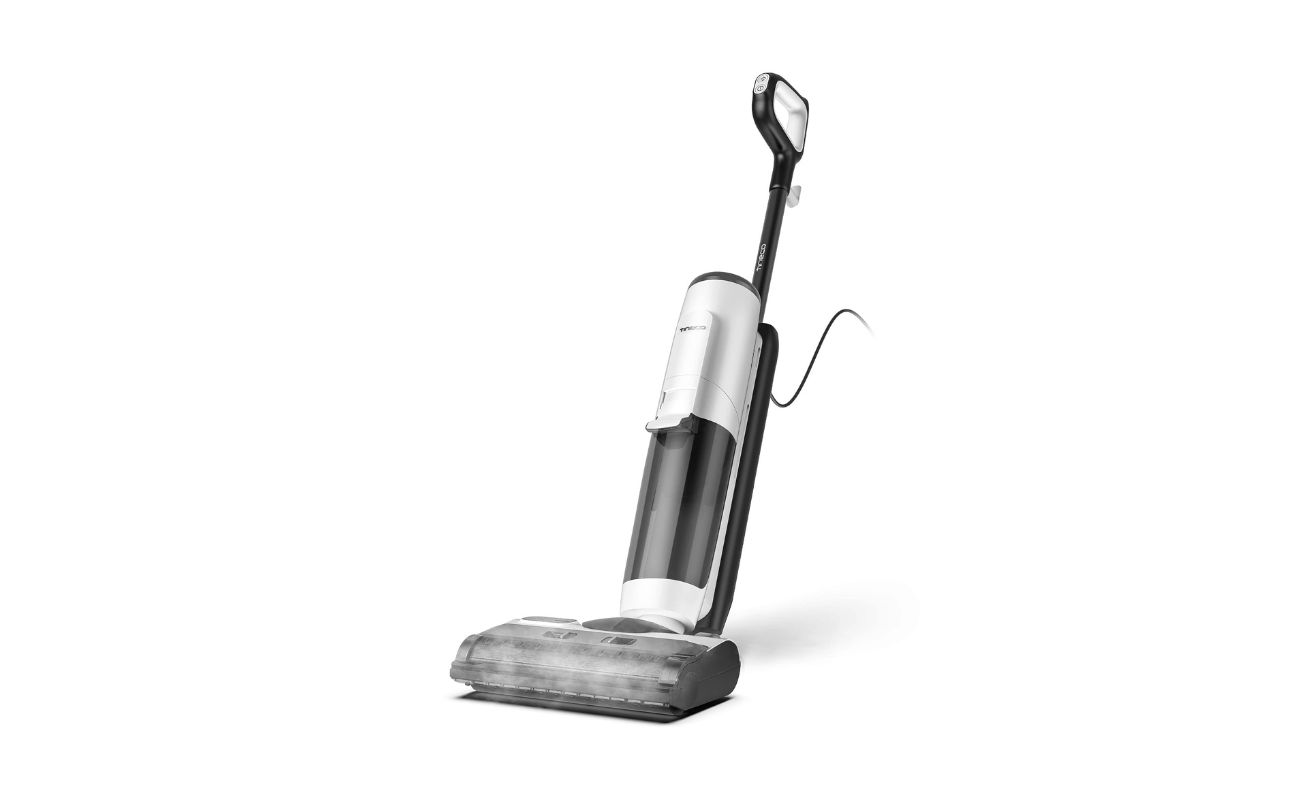
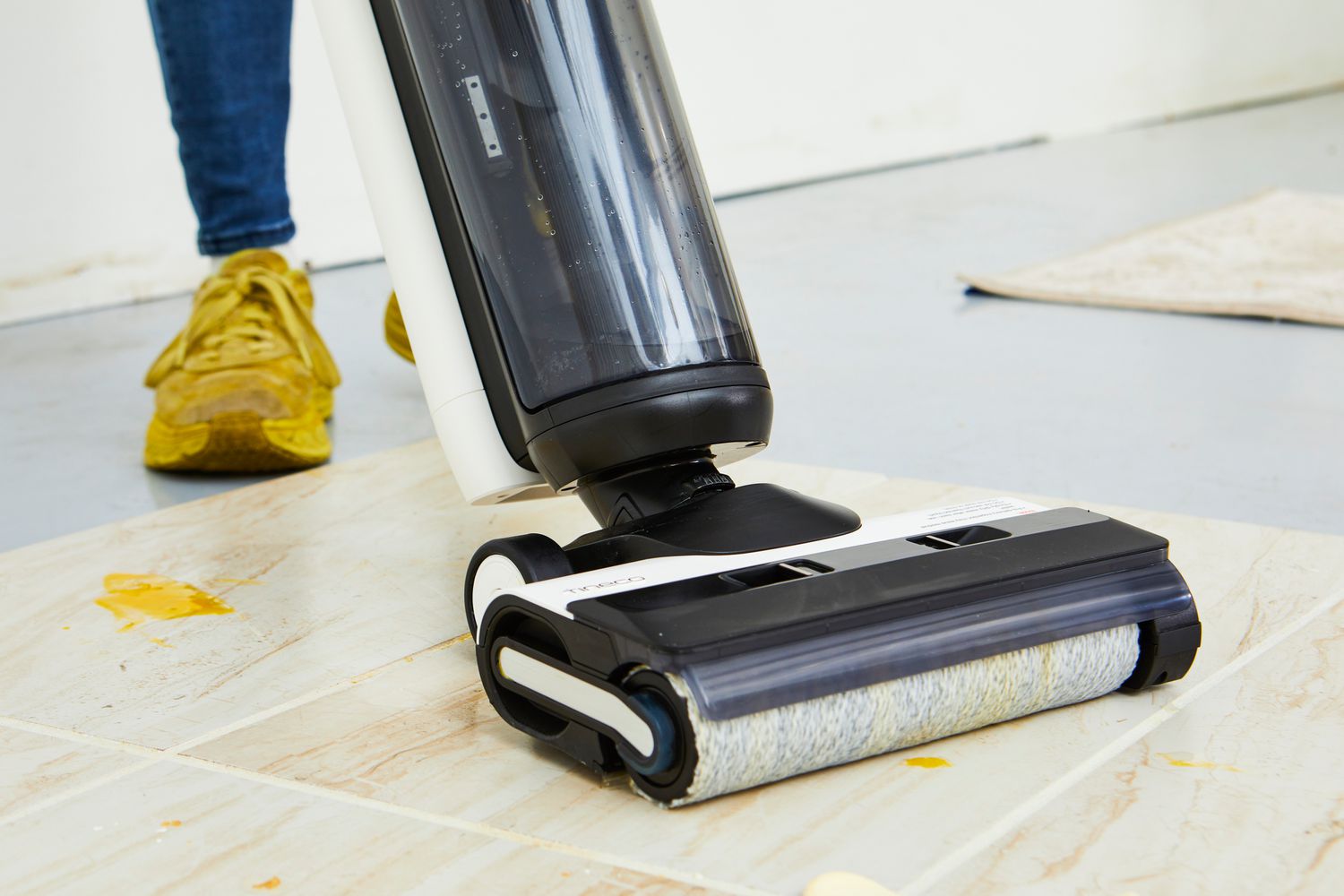
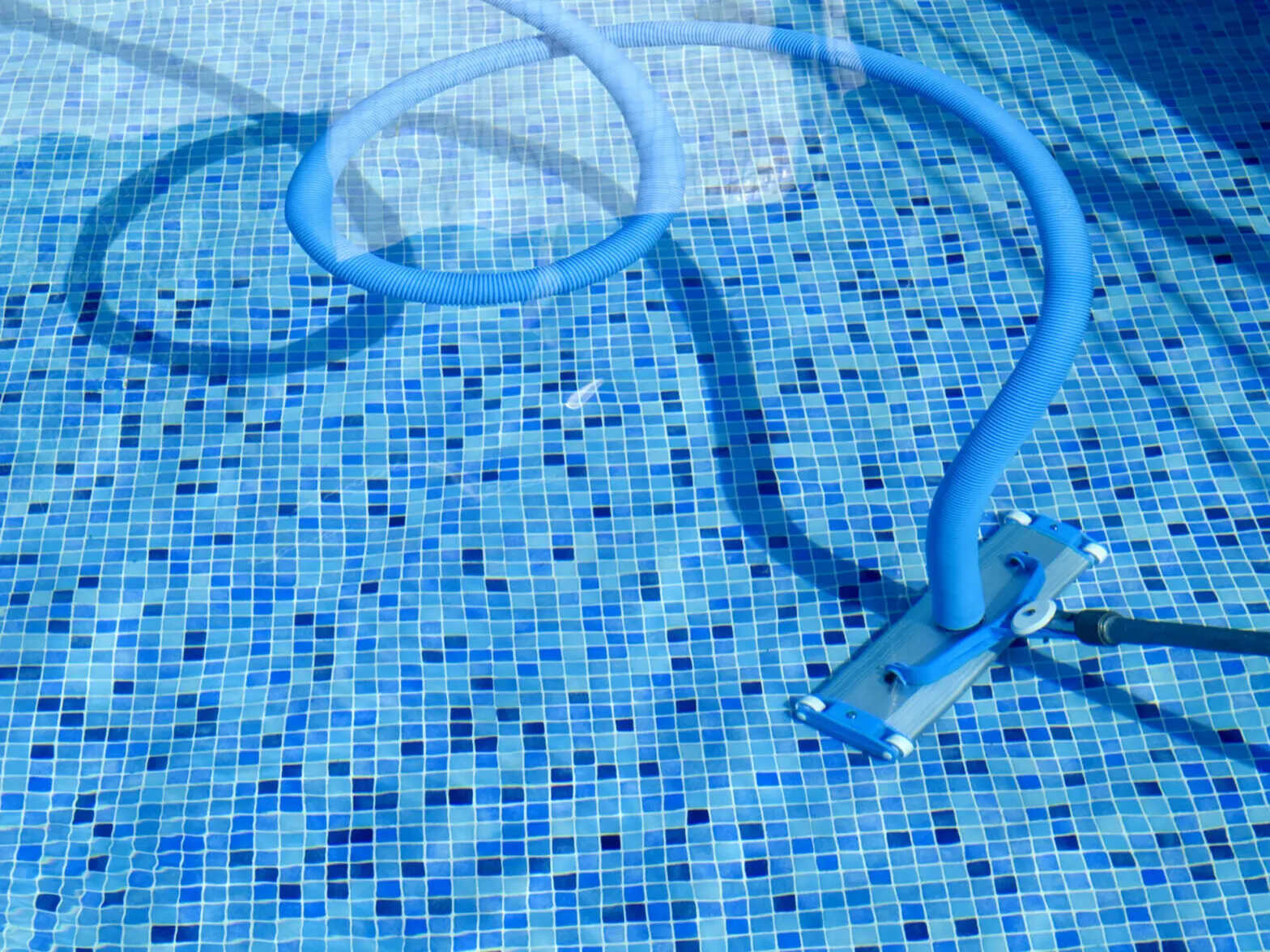
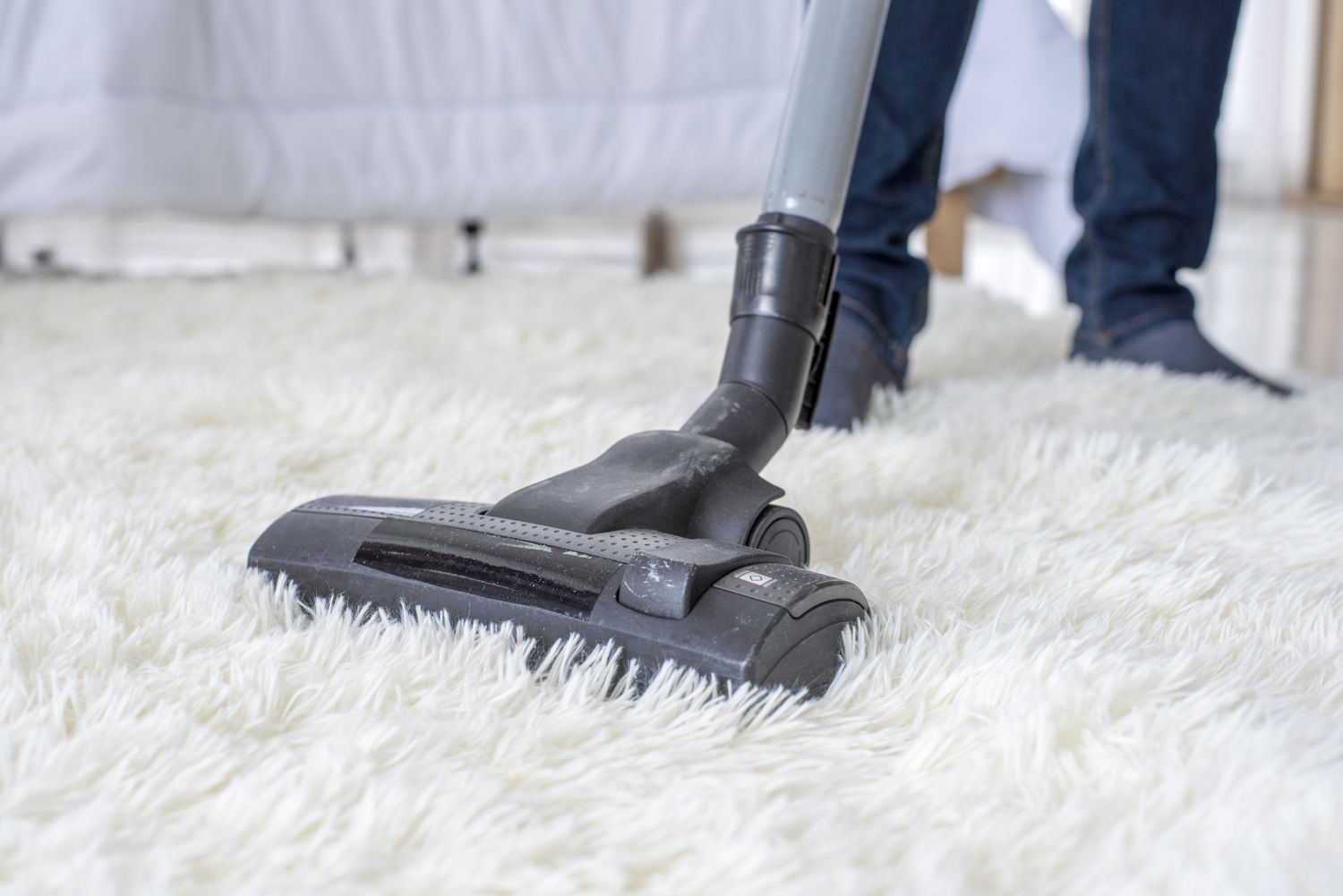
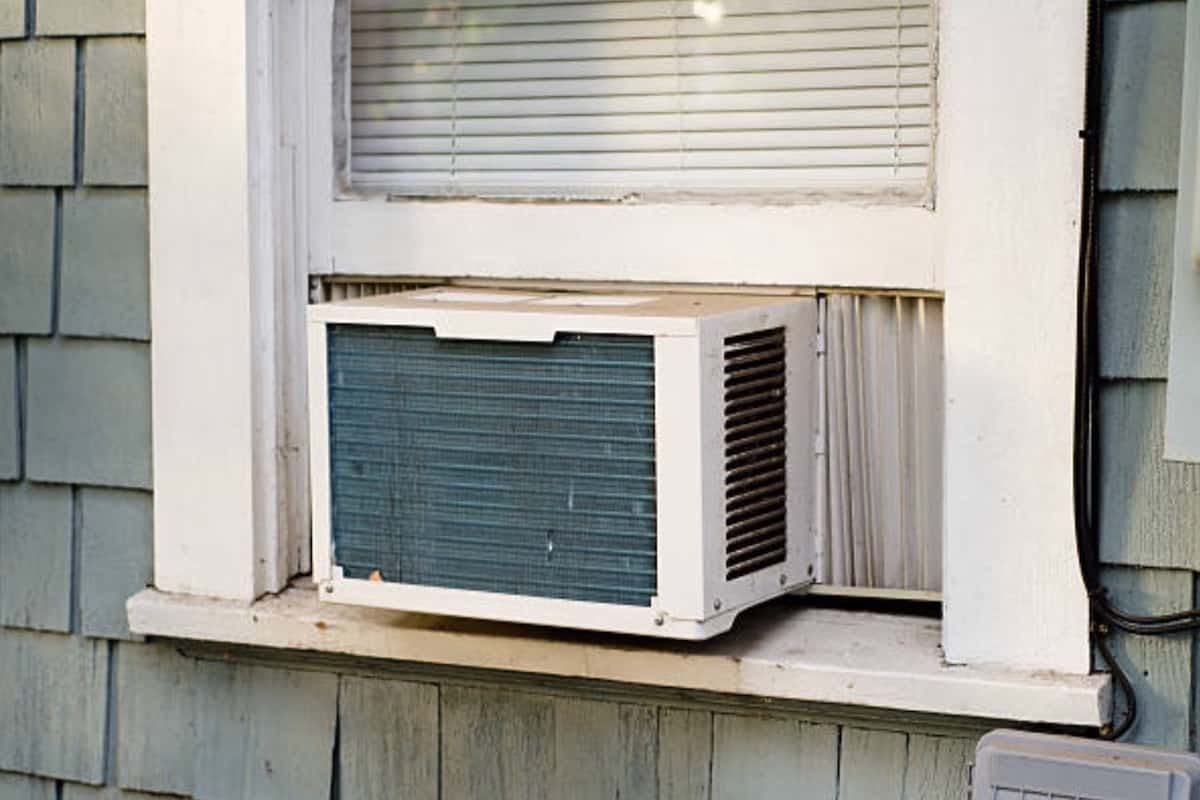
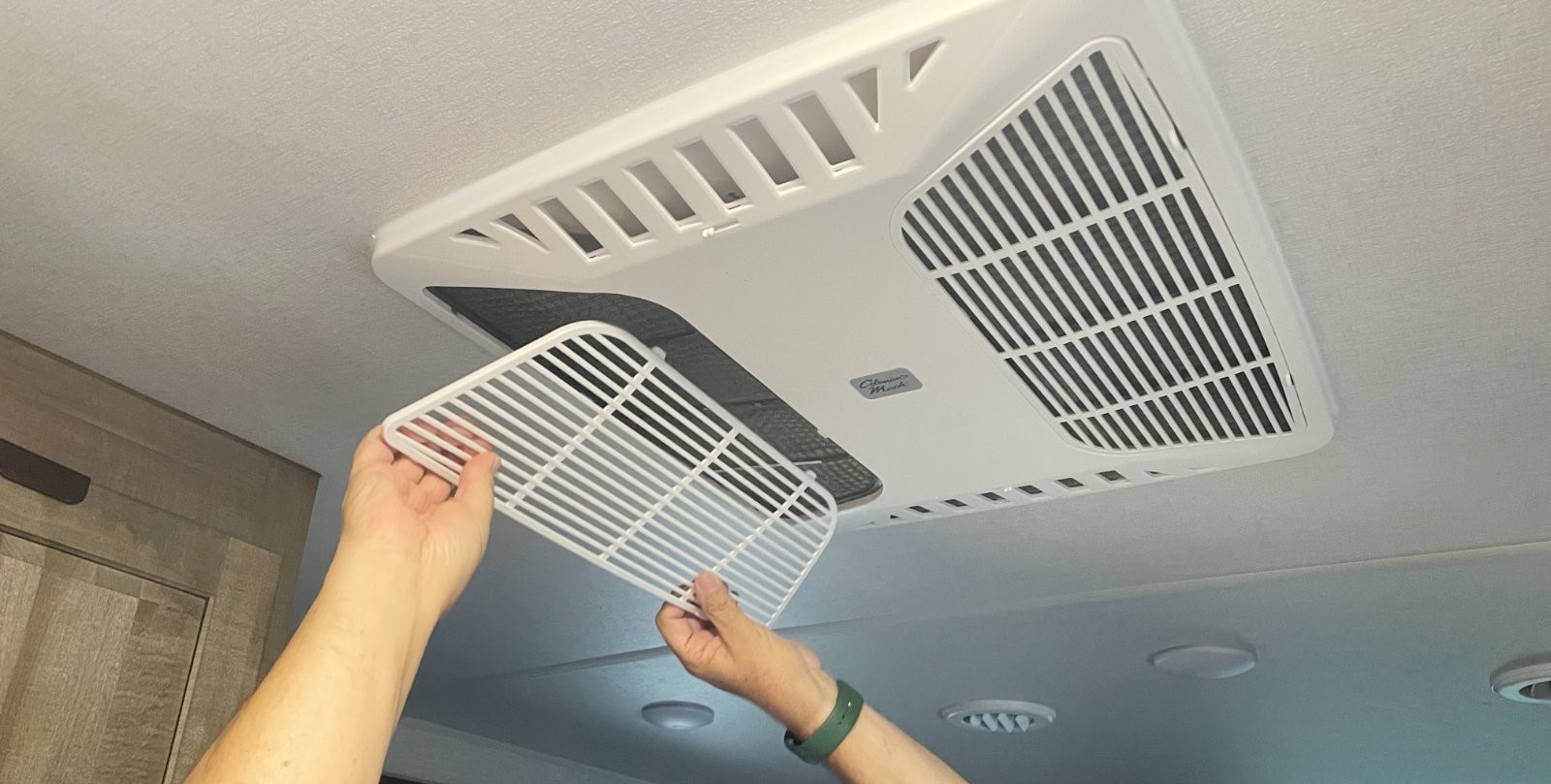
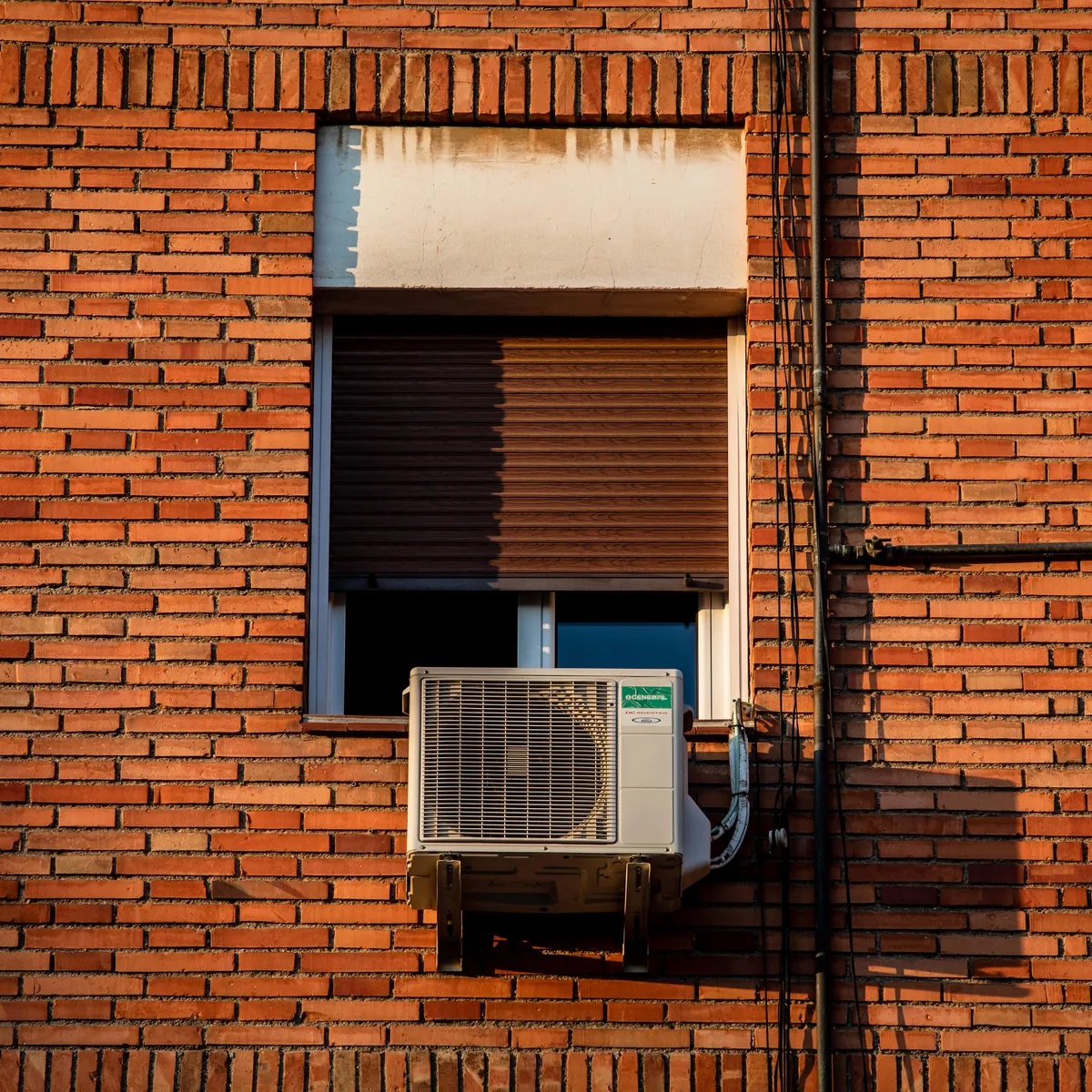
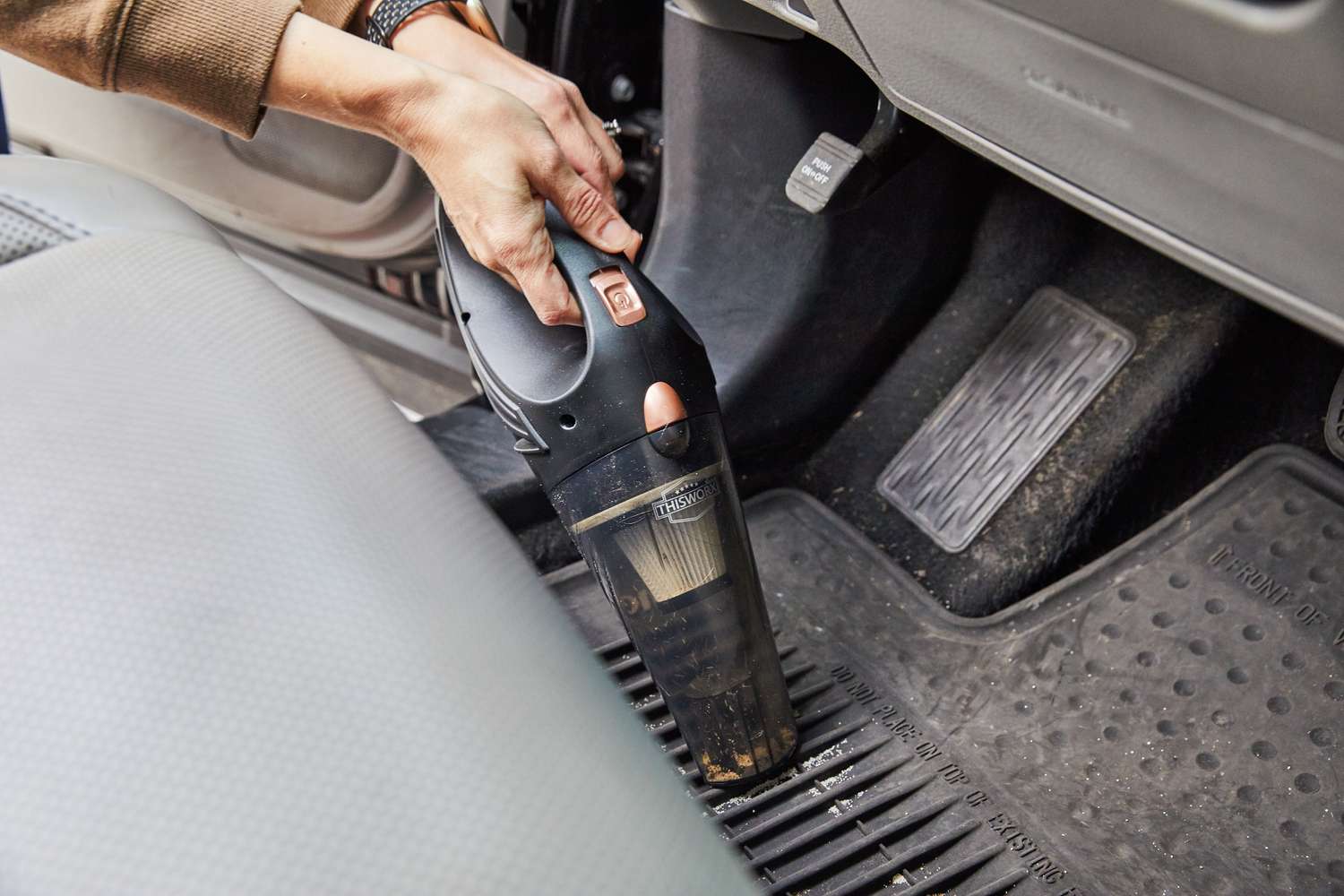

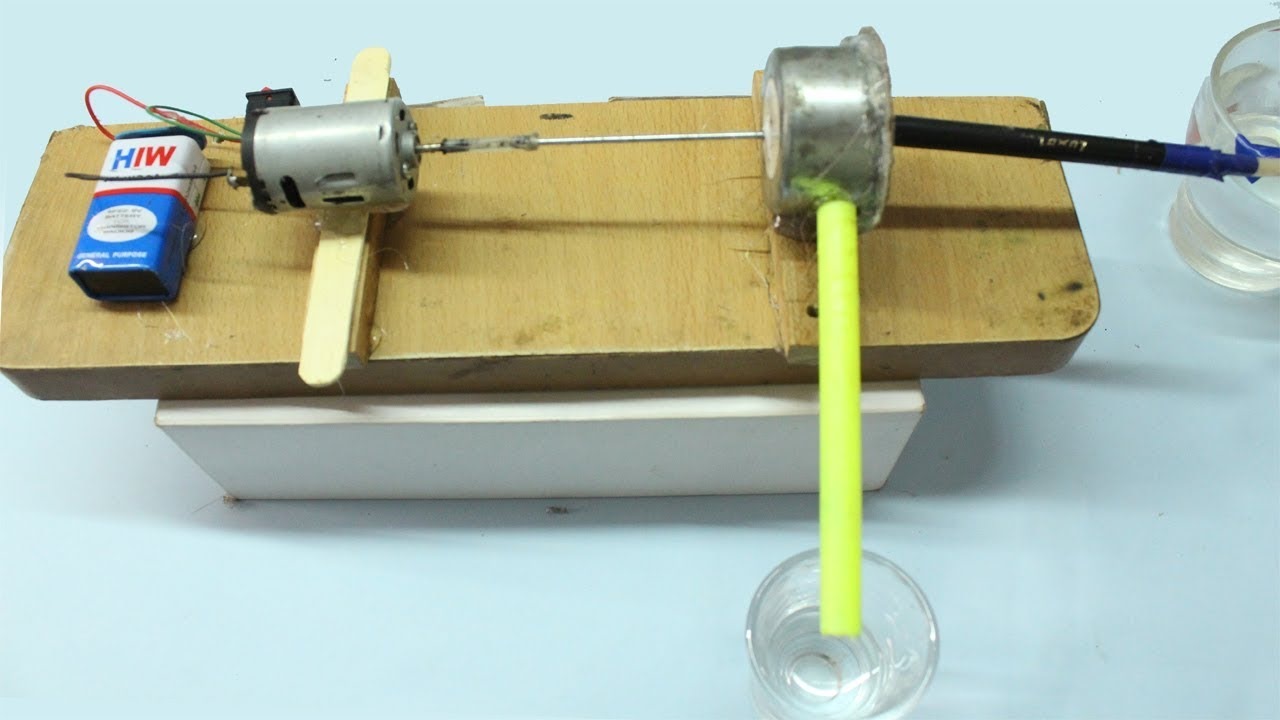
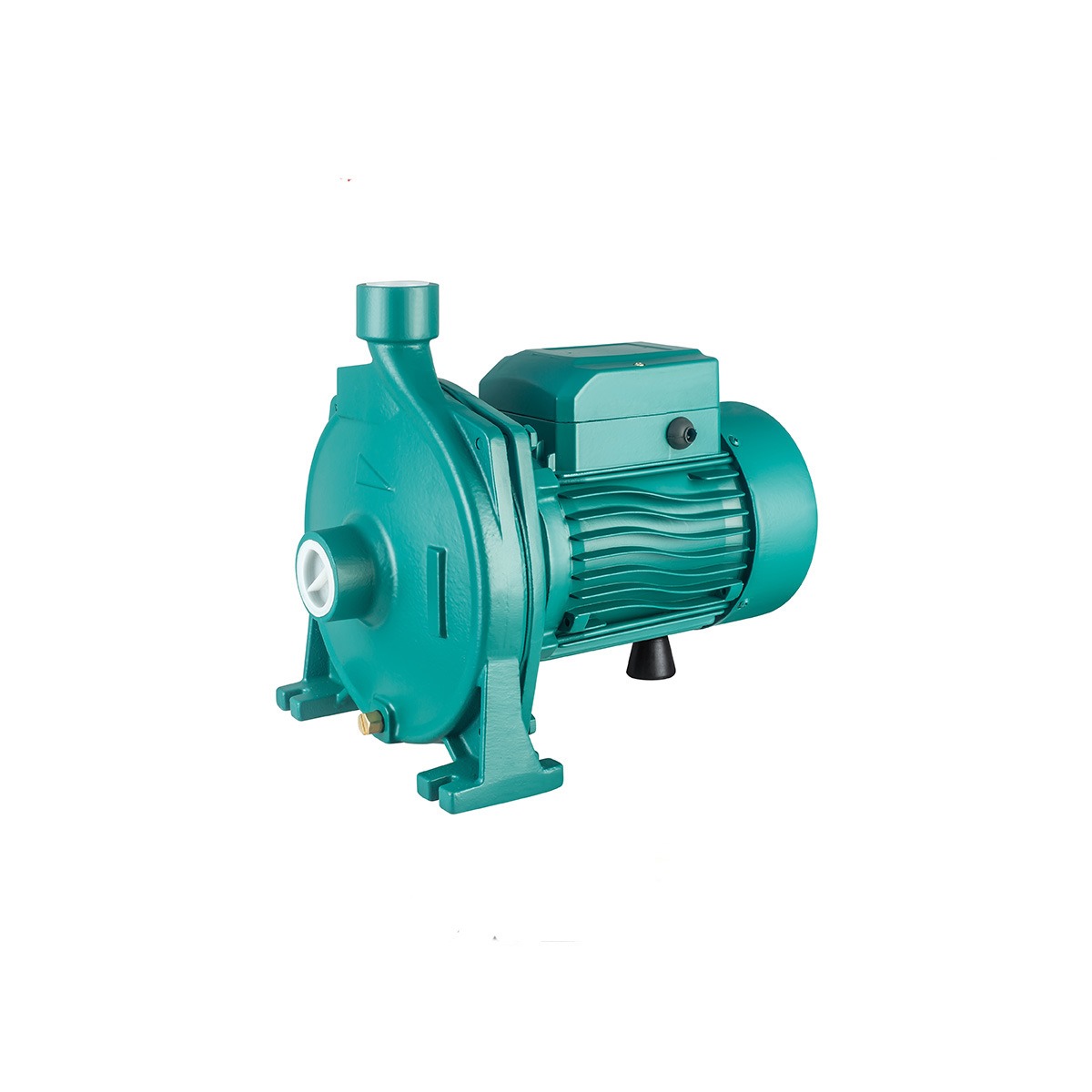
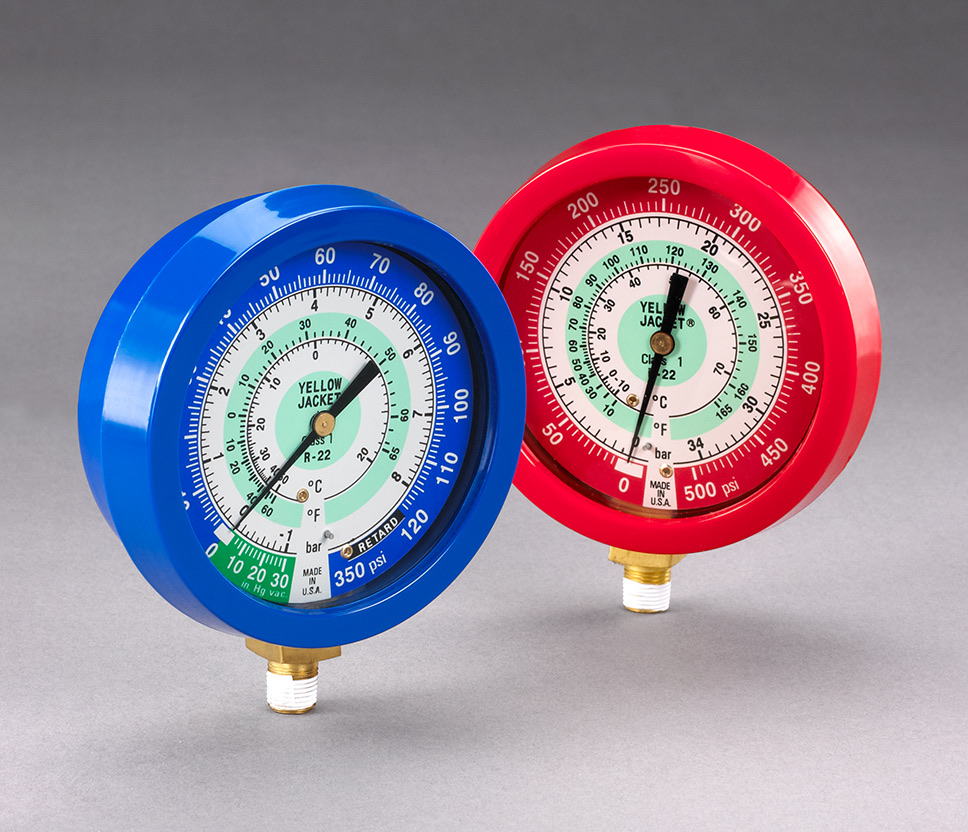

0 thoughts on “How To Use An AC Vacuum Pump”